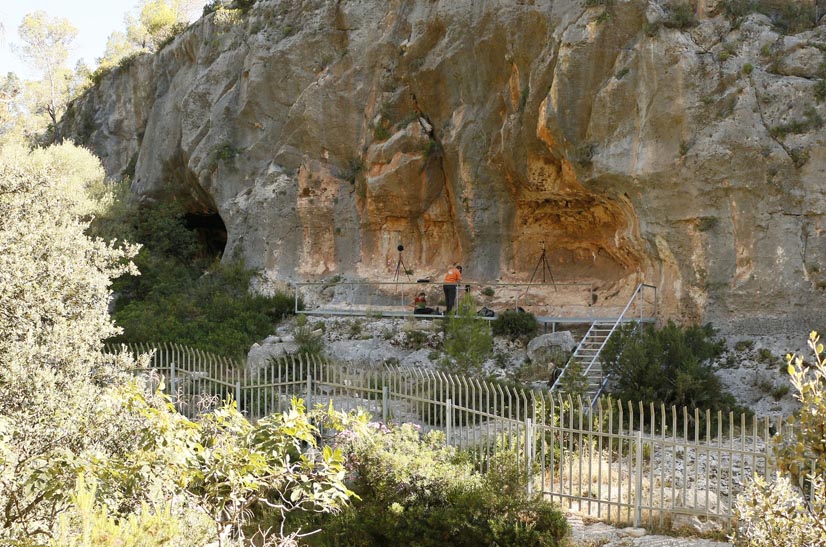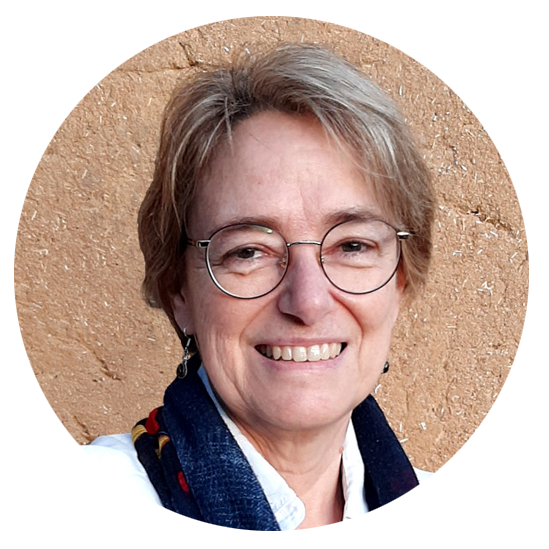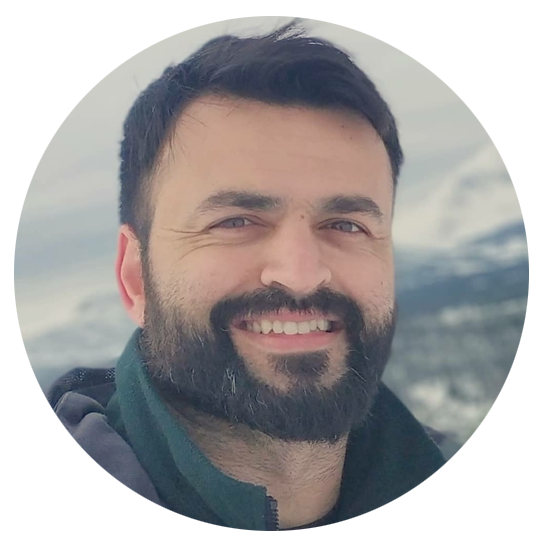The archaeoacoustic study of Levantine rock art sites and landscapes
Mediterranean Spain

Discovered in the first decade of the 20th century and inscribed in the UNESCO World Heritage List in 1998, Levantine rock art is one of the most impressive cultural manifestations of European prehistory. The approximately 800 shelters with this type of visual representations are located in eastern Spain and exhibit realistic-stylised images of hunting, food gathering, dances, war conflicts and rituals. Due to a lack of direct dates, the chronocultural affiliation of this art is the subject of intense debates. For some scholars, the images would have been produced by Epipaleolithic/Mesolithic hunter-gatherers, while for other specialists, the authors of this art would be Neolithic agropastoral communities. In the frame of the ERC Artsoundscapes project, we took advantage of the forced break that the pandemic compelled us to have and undertook a review of all scenes interpreted as dances in Levantine rock art. When we were able to return to the field, acoustic tests were undertaken in order to analyse the acoustic properties of 65 shelters with Levantine paintings, 21 located in Valencia and 44 in Catalonia. These archaeoacoustic studies have allowed us to explore crucial questions about the cultural practices of Mediterranean prehistoric communities and their relationship with acoustics and sound. Among the results published so far, we would like to highlight those obtained in Cuevas de la Araña (Valencia), where the acoustics of the site seems to have been important for creating affective engagement through sound. We were able to demonstrate that the perception of reverberation –an effect that stimulates strong emotional responses– is more intense when the sound source and the receiver are close to the paintings. Due to the amplification observed, sounds produced by one or several people positioned in front of the rock art could be clearly heard and understood by a large audience. Finally, the acoustics of Cuevas de la Araña would have intensified the sensory effect and emotional impact of musical performances held at the site. This would have facilitated cohesion between the people gathered there through affective engagement and would have contributed to alleviating the tensions typical of periodic aggregation.

Funding:
ERC Advanced Grant. Project title: “The sound of special places: exploring rock art soundscapes and the sacred” (2018-2024). Acronym: Artsoundscapes. EC Grant agreement number: 787842. PI: Margarita Díaz-Andreu.
Some references:
Díaz-Andreu, M., Coltofean, L., Viñas, R., & Mattioli, T. (2019). Sonidos del pasado: arte rupestre y acústica en las Muntanyes de Prades. In R. Viñas i Vallverdú (Ed.), I Jornades Internacionals d’Art Rupestre de l’Arc Mediterrani de la Península Ibèrica. XXè Aniversari de la Declaració de Patrimoni Mundial, Montblanc, 25-27 d’octubre, 2019 (pp. 321–339). Museu Comarcal de la Conca de Barberà.
Díaz-Andreu, M., Fernández Macías, L. and Santos da Rosa, N. (2022) Danzando sobre las rocas: la identificación de una práctica cultural inmaterial en la zona meridional del Arte Levantino. In R. Viñas i Vallverdú (ed.) II Jornades Internacionals d’Art Prehistòric de l’Arc Mediterrani de la Península Ibèrica, (pp. 199-216). Montblanc, Museu Comarcal de la Conca de Barberà.
Díaz-Andreu, M., García Atiénzar, G., García Benito, C., & Mattioli, T. (2017). Do you hear what I see? Analyzing visibility and audibility through alternative methods in the rock art landscape of the Alicante mountains. Journal of Anthropological Research, 73(2), 181–213.
Díaz-Andreu, M. and Santos da Rosa, N. (2021). [Blog] Visiting the artscapes of Levantine rock art: magnificent views, dancing scenes and eccentric hairdos / Visitando los paisajes del arte rupestre levantino: magníficas vistas, escenas de baile y peinados excéntricos. Artsoundscapes blog 14-15 (16 January), https://www.ub.edu/artsoundscapes/blog/.
Fernández Macías, L. (2020) [Blog] Artsoundscapes in Catalonia: Exploring its rock art. Artsoundscapes blog 11 (14 September), https://www.ub.edu/artsoundscapes/artsoundscapes-in-catalonia-exploring-its-rock-art/.
Mattioli, T. (2020) [Blog] Fieldwork in Catalonia… at a Time of Coronavirus. Artsoundscapes blog 8 (22 April), https://www.ub.edu/artsoundscapes/fieldwork-in-catalonia/.
Santos da Rosa, N., Álvarez Morales, L., Martorell Briz, X., Fernández Macías, L., & Díaz-Andreu, M. (2022). The Acoustics of Aggregation Sites: Listening to the Rock Art Landscape of Cuevas de la Araña (Spain). Journal of Field Archaeology. https://doi.org/10.1080/00934690.2022.2134964
Santos da Rosa, N., Fernández, L. and Díaz-Andreu, M. (2021). Las escenas de danza en el arte rupestre levantino del Bajo Aragón y Maestrazgo: una síntesis crítica. Zephyrus 87, 15-31. 10.14201/zephyrus2021871531.
Santos da Rosa, N., Fernández Macías, L., Mattioli, T. and Díaz-Andreu, M. (2021) Dance scenes in Levantine Rock Art (Spain): a critical review. Oxford Journal of Archaeology 40 (4), 342-366. https://doi.org/10.1111/ojoa.12228.

Margarita Díaz-Andreu
